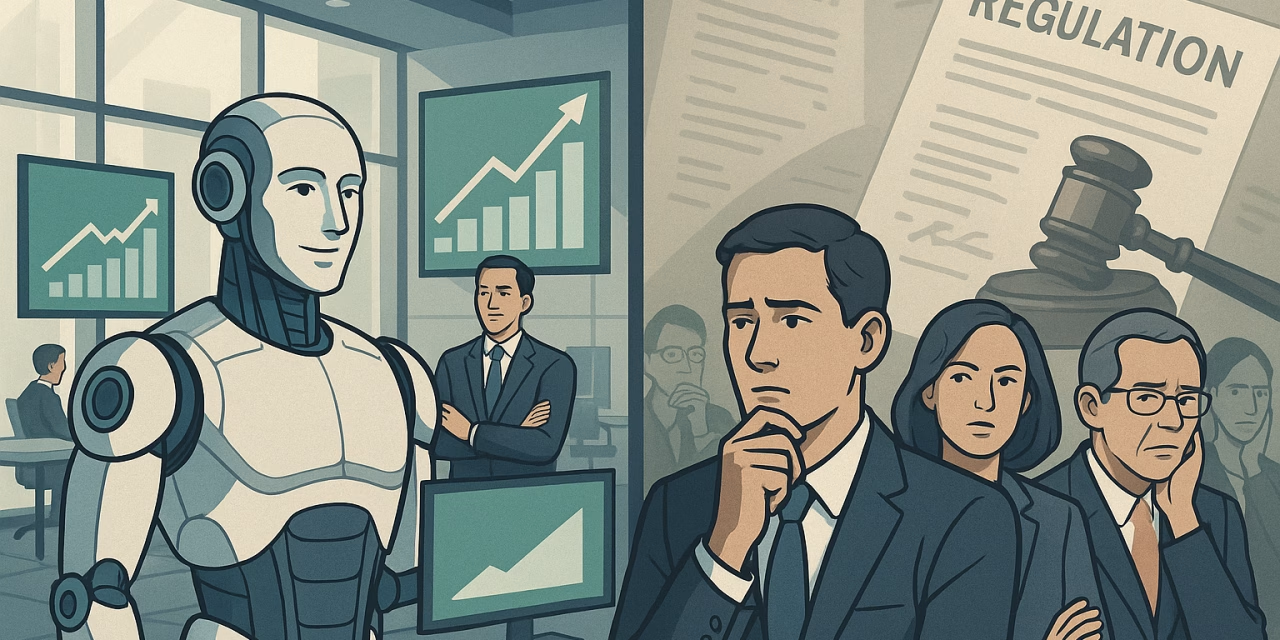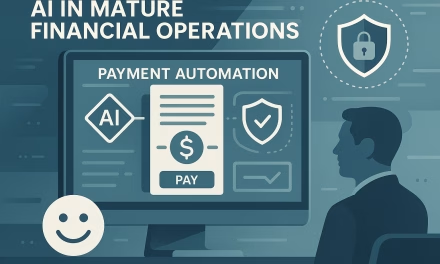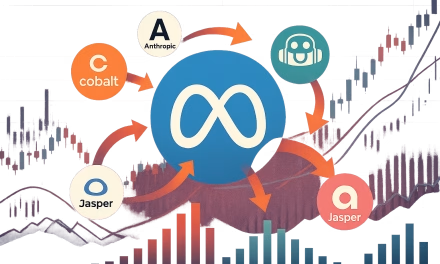July 6, 2025, highlights the two faces of Artificial Intelligence in the financial sector: a story of immense profitability and operational efficiency on one side, and a narrative of significant workforce disruption and regulatory uncertainty on the other.
The financial services industry is leading all others in AI adoption, with 85% of providers already implementing AI solutions. This has led to substantial returns, with nearly 70% of financial leaders reporting revenue increases of 5% or more, and some seeing boosts of 10-20%. Banks are leveraging AI to generate an estimated $340 billion in additional operating profits in the U.S. alone, with a focus on fraud detection, back-office operations, and personalization.
However, this success is shadowed by the human cost of automation. Senior executives from major corporations, including JPMorgan, have warned that AI will trigger substantial cuts in white-collar jobs across financial services, particularly in finance, HR, and administrative functions. The prediction of millions of roles being replaced has created a sense of anxiety and urgency around reskilling and digital transformation initiatives.
Adding to the complexity is the evolving regulatory landscape. While the EU AI Act’s general-purpose AI rules are set to begin in August 2025, the implementation of its prohibited AI rules has been delayed. This creates a degree of uncertainty for financial institutions as they navigate the legal and ethical implications of their AI deployments. Furthermore, publishers continue to challenge tech giants like Google over AI-generated summaries, raising questions about content discovery, traffic patterns, and the value of original financial journalism.
The developments on July 6, 2025, collectively illustrate that the story of AI in finance is not a simple one. It is a tale of two narratives, where immense opportunity is balanced against significant challenges. The future of the financial sector will be defined by how well it can navigate this complex terrain, harnessing the power of AI for growth while addressing the profound impact on its workforce and the broader regulatory environment.





